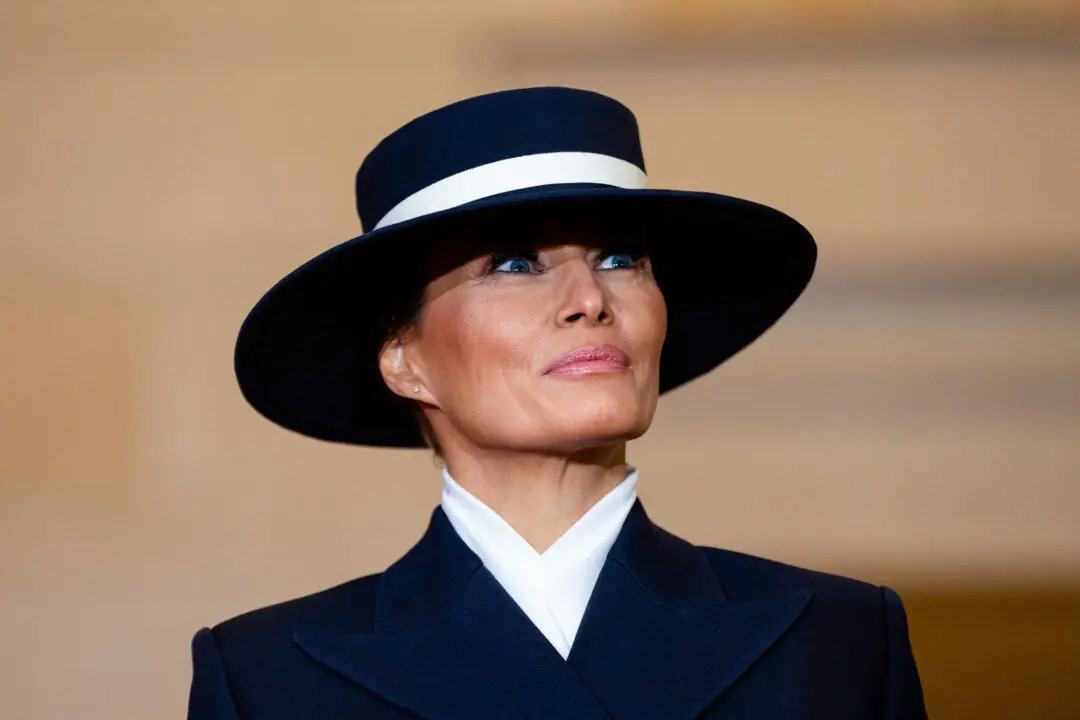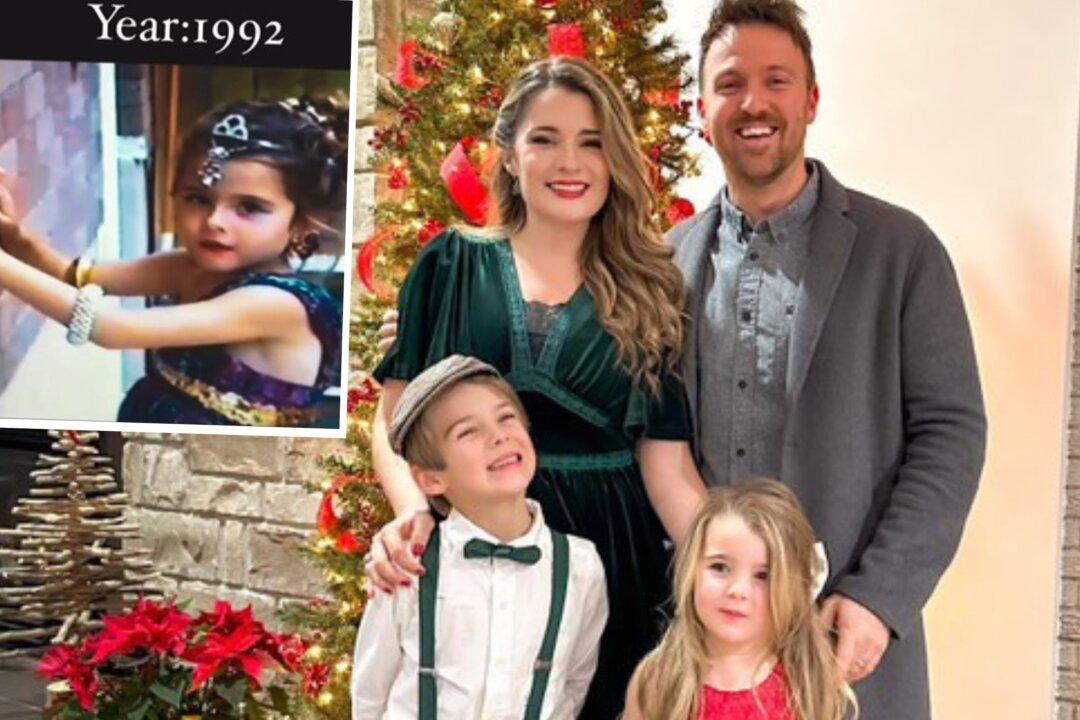In upper- and middle-class Victorian society, a lady’s hair was a mark of status and womanhood. It may be hard to fathom now, but many ladies in vintage times never cut their locks but preferred to grow them to extraordinary lengths instead.
Apart from the aesthetic appeal of long, sensuous hair, voluminous tresses allowed for the creation of elaborate up-dos—the coveted fashion of the time. Victorian clothing was typically heavy; piled-up hair balanced the silhouette.
When a style required lots of volume, extensions—called “rats”—made from a woman’s own hair were used. Advertising promoted pinned, bouffant hairdos as befitting the public image and romanticized long, flowing locks. Let-down hair was for behind closed doors and, past the age of 15 or 16, was for the husband’s and maid’s eyes only.


While long hair was prized, letting it down in public was frowned upon and seen as immoral and inappropriate. Hair was seen as a sexual symbol and the focus of much fascination, representing conservative Victorian values toward feminine attraction.
Meanwhile, among the lower class, having outlandishly long hair was an impractical and unattainable goal. Well-to-do ladies—with the help of a maid—devoted much time to keeping their hair clean and neat. In the less hygienic environment of those days, such upkeep would have been impracticable for poorer women; many instead sold their own hair for money.


Wealthy women spent small fortunes lavishing their hair with lotions and compounds which promised to prevent hair loss, promote growth, and cultivate rich, supple locks. All manner of herbal and medicinal tinctures were touted, such as Danderine, described in adverts as being “… to the hair what fresh showers and sunshine are to vegetation. ... Its exhilarating, fertilizing and life-producing properties cause the hair to grow abundantly long, strong and beautiful.”

Among the Victorian-American women epitomized for the beauty of their hair, there were the seven Sutherland Sisters. Travelling singers, their long, dark, silky tresses hung to their ankles—and lower, as one claimed to have hair 7 feet long. Hailing from a farm in Niagara County, New York, the sisters were celebrated as much for their hair as their voices and even toured with circuses—their striking looks the main attraction.
It wasn’t all entirely pleasurable for women who kept lengthy, heavy hair. As expected, headaches and migraines were common, due to the extreme strain placed on the scalp.


One such long-haired Victorian beauty Lucy Evans wrote: “My mum was the first in Manchester to have her long long hair shingled when she saw a picture in Vogue. The hairdresser was in tears as she cut it all off. My mum had suffered from constant headaches from the weight of the hair. Her father was furious—of course he saw hair as a woman’s crowning glory.”
The reign of Queen Victoria, from June 1837 until her death in January 1901, was distinguished by its romantic, fanciful fashions. The Georgian period that followed was marked by rationalism with a style that followed suit. Women discarded corsets, embracing a looser, less restrictive mode of dress. Hair—though still long—became more natural and graceful, swept into simpler twists, buns, and chignons.








